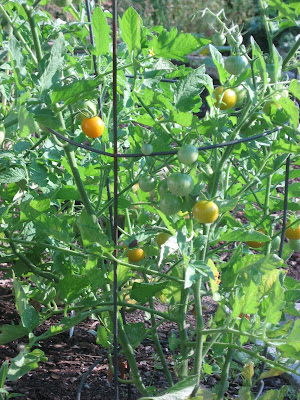 The canning workshop today went really well! We covered a lot, and ran long, which I felt bad about. Overall though, interested folks got to learn how to can, and participate in the process, which I think is really important!
The canning workshop today went really well! We covered a lot, and ran long, which I felt bad about. Overall though, interested folks got to learn how to can, and participate in the process, which I think is really important!
We also talked over techniques on freezing and drying fruits and vegetables, and everyone left with some handouts that I think will be helpful reference in the future.
As I suggested to the class participants, if you're going to can more than once, I suggest you purchase a canning recipe/instruction manual, like the Ball Blue Book of Canning. It's kind of like having a bible or religious book to reference, vs. copying some pages or passages out of said book. The passages are helpful, but if you want context and more guidance, having the actual book is really essential. Not a bad religious metaphore for a Jew(ish) agnostic, huh?
I chose to can the Berry Jam recipe from the Ball Blue Book of Canning. It's easy, simply, and straight-forward; a good jam for beginning canners.
If you're looking for a easy recipe to start your canning adventures with, here it is:
Berry Jam
a water bather canner (or a really large pot)
a rack to go inside the canning pot
canning jars- Ball and Kerr are two frequently-used brands
a set of jar lids & bands
Directions:
Combine berries and sugar in a large saucepot. Bring slowly to a boil, stirring until sugar disolves. Cook rapidly to gelling point. As mixture thickens, stir frequently to prevent sticking. Remove from heat. Ladle hot jam into hot jars, leaving 1/4 inch of headspace. Place the lid and the band on the top of the jar, and screw on. Process 15 minutes in a boiling water canner.























































